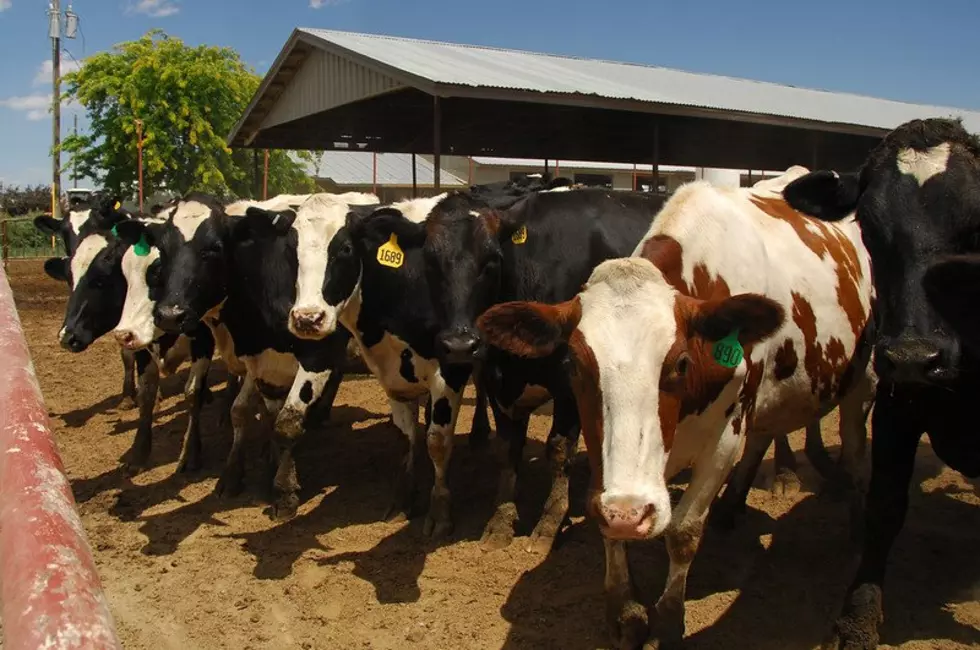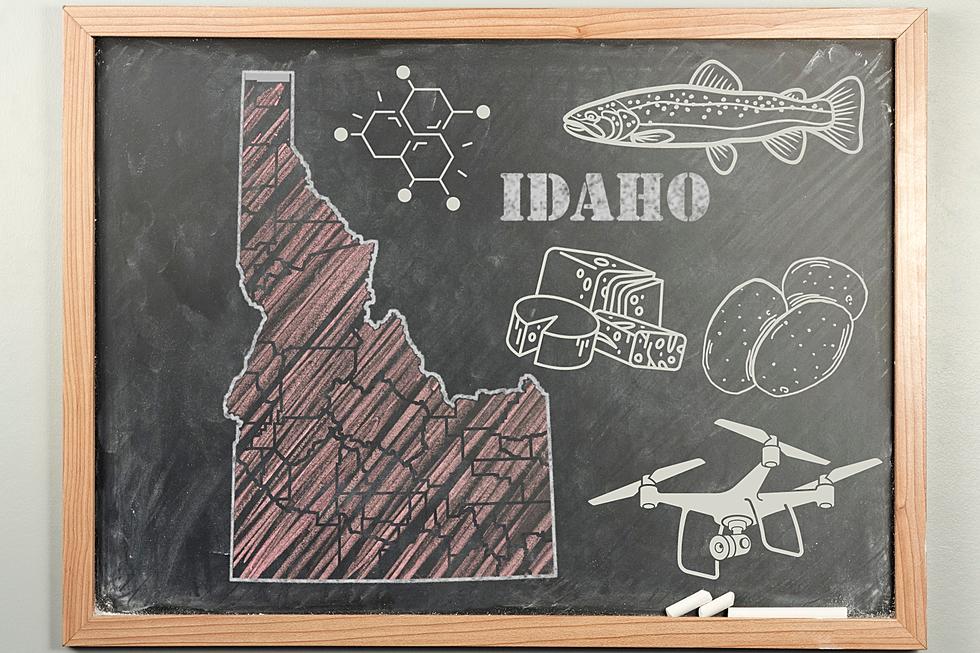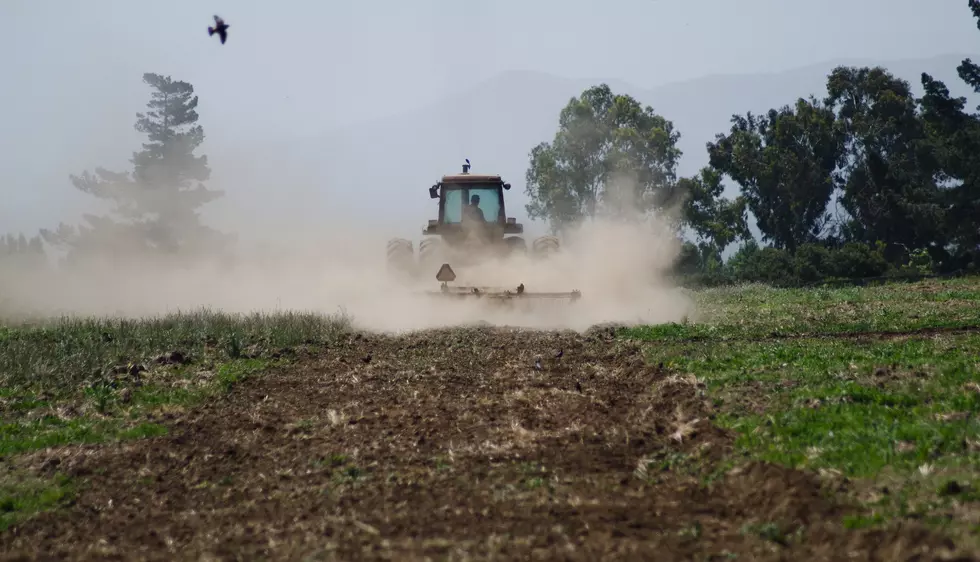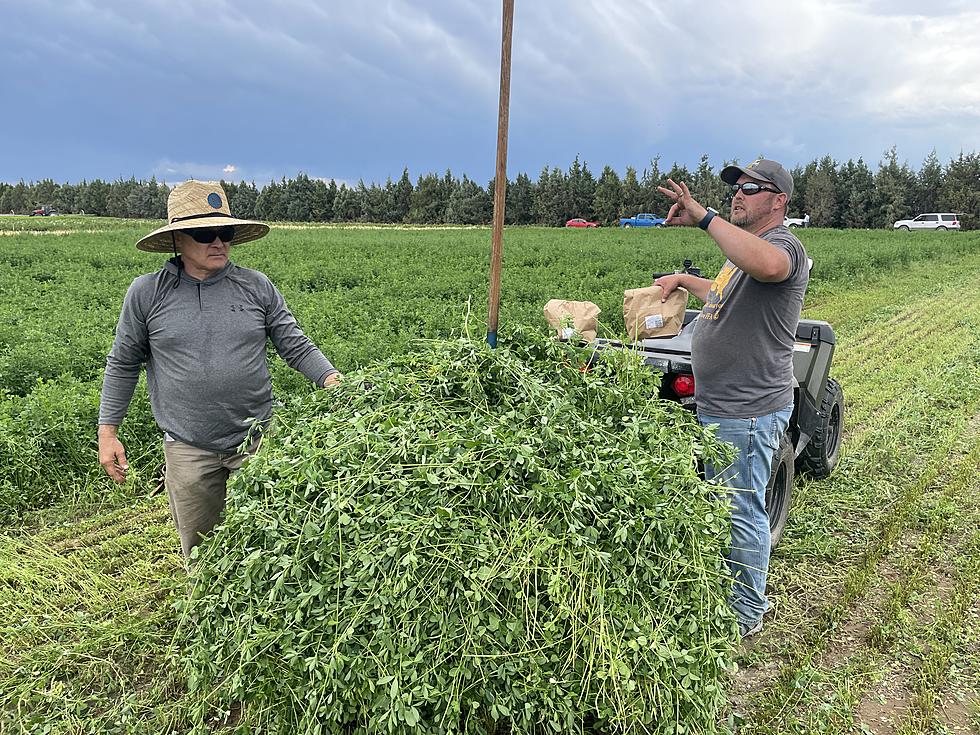
Idaho Extension Turns Manure into Money
MOSCOW, ID — A University of Idaho Extension educator and his graduate student aim to help the state’s dairymen cash in on their cow manure by amending it with specific minerals or carbon sources to make better compost from it.
Manure is bulky and tough to transport, which can lead to its overapplication in fields surrounding dairies, contributing to environmental challenges.
Converting manure into portable compost is common practice among Idaho dairymen. However, dairymen seldom add supplemental carbon, aside from straw bedding, to optimize the important carbon-to-nitrogen ratio of their finished product.
Carbon feeds bacteria that aid in the composting process, thereby reducing the loss of nitrogen as ammonia and improving finished compost quality. In the arid southern Idaho desert, however, carbon sources are in short supply, leading the researchers to explore using locally available minerals to replace certain functions of carbon additions.
UI Extension Educator Mario de Haro-Martí reasons finding the ideal carbon or mineral amendment would help Idaho dairymen produce a marketable product meeting the specifications of landscapers, greenhouses and other industries that have traditionally shunned dairy compost for its lower quality and variability.
To conduct the study, de Haro-Martí designed a unique, pilot-scale system of interconnected chambers, known as reactors, in which manure is composted. Anthony Simerlink, a Washington State University master’s student studying agriculture who has de Haro-Martí as his co-advisor under a special arrangement, built the system, housed at the U of I Kimberly Research and Extension Center.
“We have all of these dairies, we have a lot of manure and we have an excess of nutrients if we apply them at the rate that they’re created,” Simerlink said. “This is just an idea to give these farmers another revenue stream and make it easier to compost.”
Carbon amendments they’re analyzing include woodchips and biochar, which is a lightweight and high-carbon form of charcoal that could potentially be made from dairy manure. They’re also evaluating blending manure with pumice or clinoptilolite – both volcanic minerals mined in Idaho.
The reactors are tied to a common exhaust system, containing sensors to measure how each amendment may contribute to reduced emissions of methane, carbon dioxide, ammonia and nitrous oxides by improving the balance of carbon and nitrogen. In past research, de Haro-Martí calculated an up to 25% reduction in ammonia emissions from compost amended with clinoptilolite.
“Reduction in ammonia is huge because it’s a local pollutant,” de Haro-Martí said. “It travels in the air and returns to water sources and the environment around the region, which increases nitrogen levels.”
Their four-year, $600,000 research project is in its second year and was funded by the U.S. Department of Agriculture under the broader Idaho Sustainable Agriculture Initiative for Dairy (ISAID) grant, which aims to develop useful bioproducts from dairy waste.
De Haro Martí and Simerlink proved the concept for their project last summer at a smaller scale.
The compost produced in their system will be used some time next year to grow crops in a greenhouse. The top-performing amendments from the greenhouse trial will be used in making compost on a larger scale with a standard compost turner. They’ll apply that compost to plots in Kimberly in 2025.
Source: University of Idaho Extension
6 Tasty Fall Restaurant Foods to Chomp On This Fall
More From PNW Ag Network









